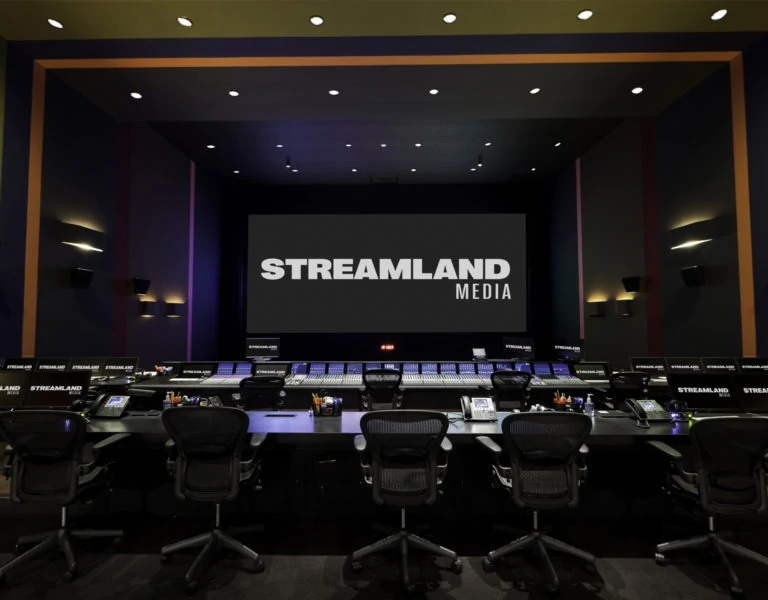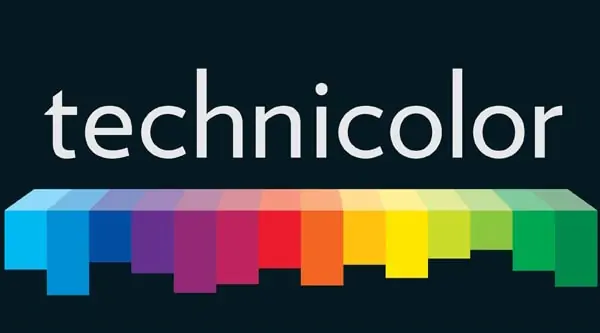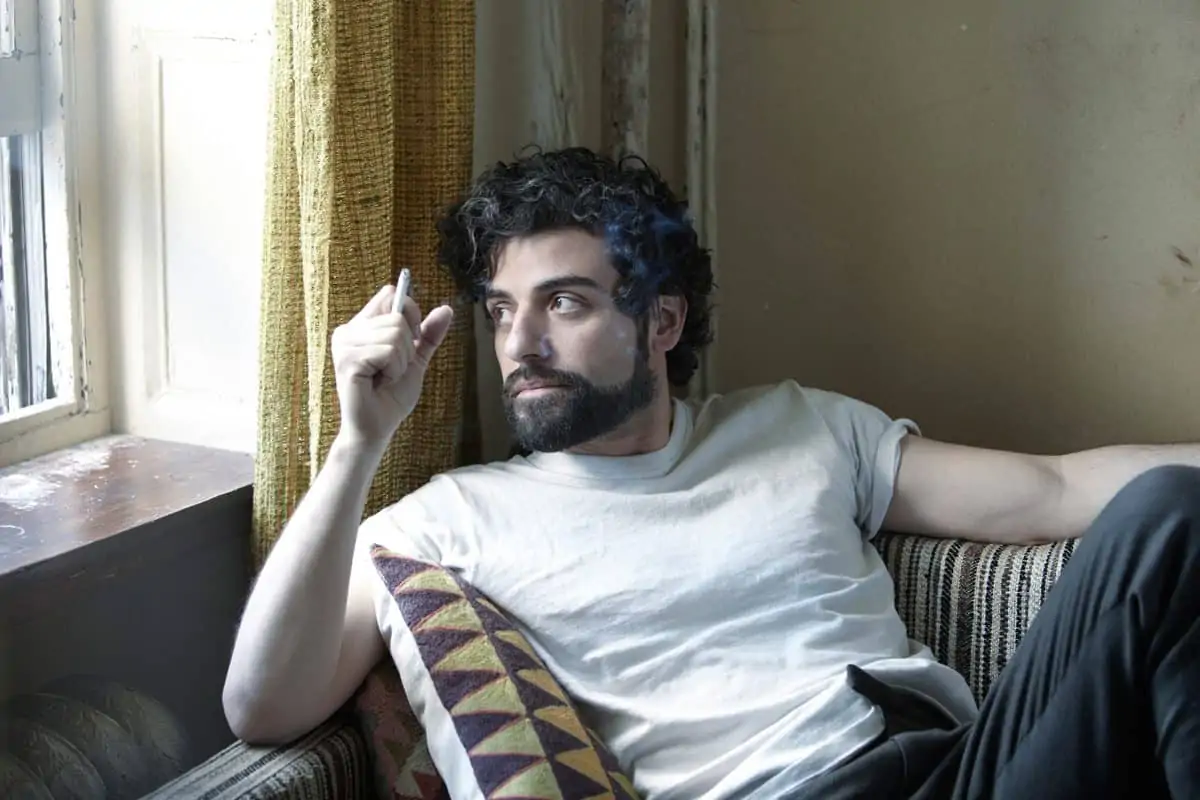Colourful tales
Post-It Notes/ Peter Doyle / Technicolor
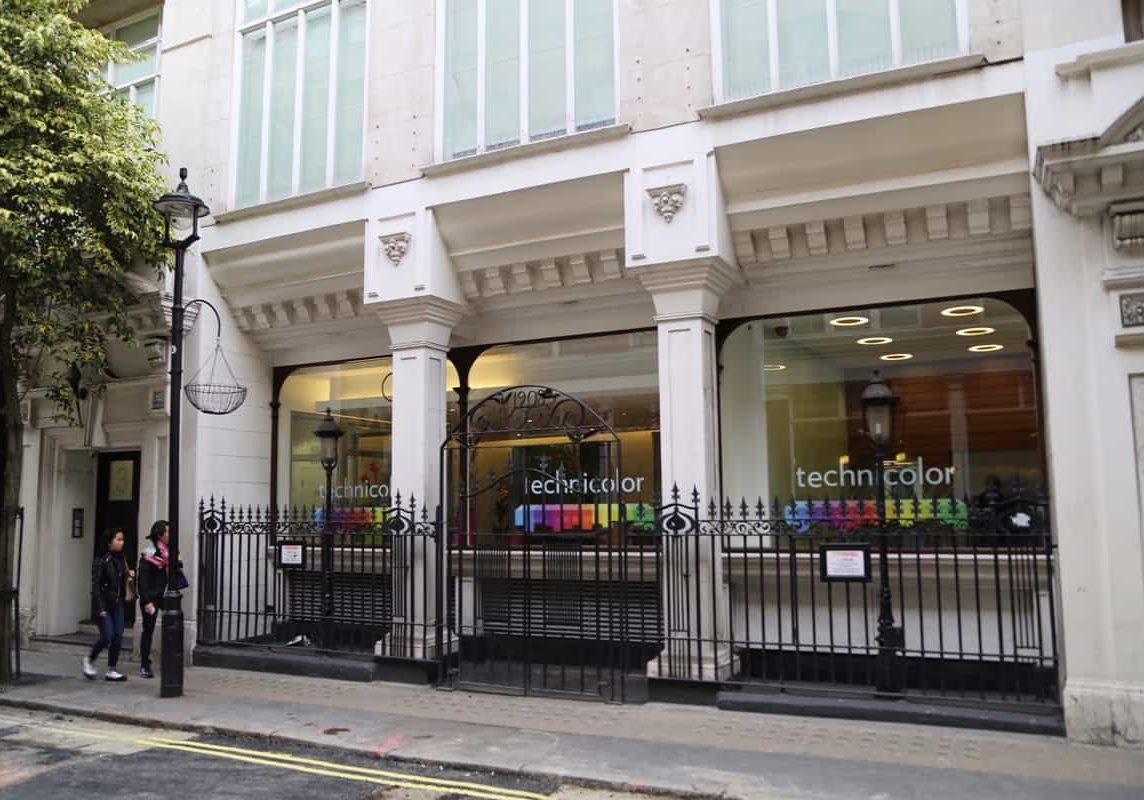
Colourful tales
Post-It Notes/ Peter Doyle / Technicolor
Peter Doyle, supervising digital colourist, Technicolor, on how HDR contributes to storytelling.
It has been an eventful couple of years for those members of the creative community who have been experimenting with High Dynamic Range (HDR). As the technology evolves, and we get more practical experience in how to integrate it into the creative process, we are learning that HDR is, in fact, a tool that advances many dynamics of a story to a wider audience.
I would like to share some notes on where we currently stand with HDR as a creative community, and provide thoughts on how it not only enhances creative options in creating content for theatrical distribution, but also expands the delivery of higher-quality productions to audiences at home and on-the-go. Many of my observations have emerged as I have wrapped-up high-profile projects that made effective use of HDR, such as last year’s Fantastic Beasts And Where To Find Them (DP Philippe Rousselot AFC ASC)
Putting HDR into its proper creative context
As with any new technology, there is almost as much potential to do harm as there is to contribute positively to the state-of-the art. This raises the question of whether or not HDR dramatically changes the role – and possibly the workflow – of colourists who work on feature productions.
Let’s take a moment to review. We typically have worked in situations where scenes are shot on-set or location, that are carefully constructed and lit by the cinematographer to tell the story a director wants to tell. It is then the job of colourists to grade, balance and model the shot so that the dynamic range in the shot works. This is done to ensure that everything in the shot is properly related, and – most importantly – it is driven by the story. Colourists dive into the minutiae of the shot to analyse the eyelights and the speculars on a lead actor’s face, and examine the interaction with the practical lights. Artistry is applied to make certain the correct balance is in place to reinforce the story and the drama.
Today, HDR offers the potential to break open that relationship and increase or decrease the speculars or the practical lights and basically deconstruct the shot. Personally, I do not think that is where energy ought to be focused because, from my perspective, it breaks the very point of why we light and grade a film in the first place.
On the other hand, there is great potential in working with a distribution medium that has greater range – one that can deliver more solid blacks and offer the potential for brighter images and contrasts. This, in my view, allows us to bring a greater sense of physicality to the image.
It has great potential when working with elements like wand zaps, gun muzzle flares or light flashes, because they can be rendered as bright as they need to be – without compromise. Those are the kinds of cues that can be used to reinforce a story. I prefer to look at the potential of HDR from this perspective, as opposed to pulling apart an image and effectively relighting it.

Supporting creative intent
From a palette perspective, more options are almost always better. I think, for instance, it is better to work in a very Wide Colour Gamut (WCG), and that it is almost essential to work in a very high bit-depth, at least 16-bit. It therefore should come as no surprise that I believe visual effects should be exchanged in HDR and in high bit-depth. This makes a colour-controlled pipeline an essential success factor for feature projects that use HDR.
Equipped with this enhanced range of options, colourists can seek to understand what cinematographers want to achieve and then determine how the lighting ratios and the aesthetics of the image relate to what directors are trying to achieve emotionally. Beyond understanding the director’s intent, we also need to comprehend the challenges that are triggered by limitations at the shoot – or even those associated with the display medium used to master the original film.
HDR, in short, offers more options to colourists who want to better reflect a director’s intentions, and respond to compromised design elements. For example, a bright light behind an actor on a normal projector is often clamped, and you would need to understand whether that clamping is intentional or merely an accepted limitation of the mastering medium, and whether that can be used as a visual cue in the HDR world. Or in the classic third-act battle of a film like Fantastic Beasts, you can really leverage dynamic range around explosions and light cues to enhance the story.

"Another important aspect of HDR revolves around what it does to audiences who watch our work at home. Here the potential of HDR is truly exciting. For the first time, we have an opportunity to deliver a beautiful image to a TV that can render solid blacks and defined rim lights."
- Peter Doyle
Is audio past a visual prologue?
In some ways, it is as if the imagery has now caught up to the dynamic range that digital sound tracks brought to cinema a few years ago. Having been through the digitisation of audio for motion pictures – where the dynamic range was increased, and the ability to deliver and manage loud and soft sounds was much greater – I can see almost the same discussions and considerations happening as HDR is mainstreamed into the visual medium.
As in sound, many of the biggest implications of HDR are likely to be subtle. In my view, for instance, the ratios within shots are largely likely to stay the same. It is just that – with a lower dynamic range image – colourists typically resort to applying tricks of the trade to imply a greater dynamic range. The classic example would be an actor standing under a very strong top light and then stepping back into shadows to disappear into black. With high dynamic range, colourists have the option of making that sense of brightness quite intense and really play with the after-image – like letting off a flash bulb so your eyes need a second or two to adjust. In a low dynamic range environment, the effect could be accomplished by using a notch filter so that it is a little darker, then bring it back.
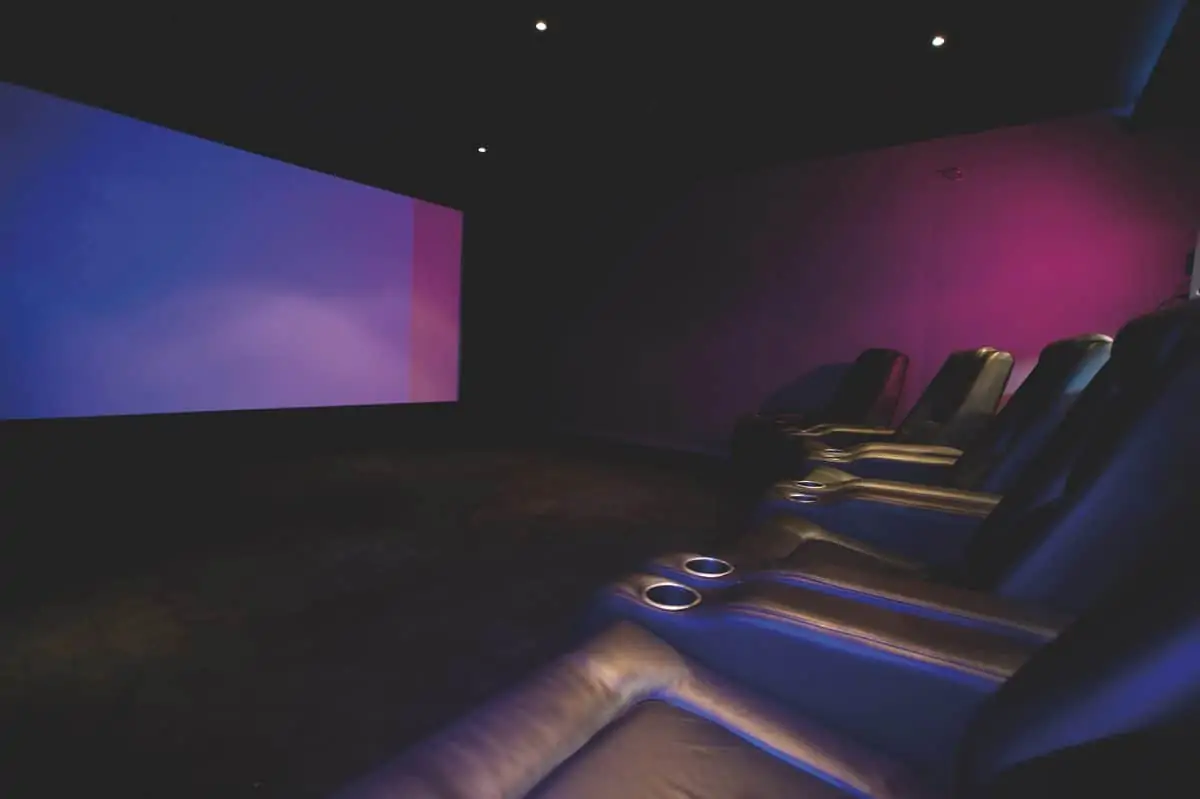
Extending the theatrical experience to the home
Another important aspect of HDR revolves around what it does to audiences who watch our work at home. Here the potential of HDR is truly exciting. For the first time, we have an opportunity to deliver a beautiful image to a TV that can render solid blacks and defined rim lights. You can play with an eyelight so there is a real wetness in the eyes. HDR technology in the home will allow more viewers to better-experience nuances in the production that have typically been flattened out on TVs.
This is an observation my colleagues and I have made over the last few weeks of doing the mastering work for Fantastic Beasts. For so long we have had to make major compromises for non-theatrical distributions that were largely unavoidable. This is particularly true when working with the classic wide shots, the action sequences and the fast cuts.
What HDR brings to the table – and which is something I did not expect – is that viewers are able to access what actors are doing with their eyes. This is possible because the highlights are not necessarily clipped and because the blacks are now quite solid and sharp. As a result, HDR brings TV viewers a greater connection to a performance. It is still not the same experience as being in a cinema, but it is a solid step in the right direction, and allows a wider audience to see the work that colourists do to advance the story.
Better display devices will need to make their way into the consumer environment, and HDR needs to settle down – it is still a slightly moving target with the various formats.
Remastering in HDR
With any new display medium there is always the question of remastering the existing catalogue: restoring and remastering B&W and old nitrate titles, and being able to display those with the dynamic range that the original media had.
The old B&W prints and nitrate prints had a contrast range that is much greater than what can be delivered by contemporary digital cinema projectors and consumer monitors. HDR creates an opportunity to digitally reproduce older titles with their original dynamic range.
I think the older titles will look fantastic on HDR, and the idea of bringing extremely old work to such a new medium is quite exciting. It will also be very interesting to see whether filmmakers want to reinterpret their final masters.

